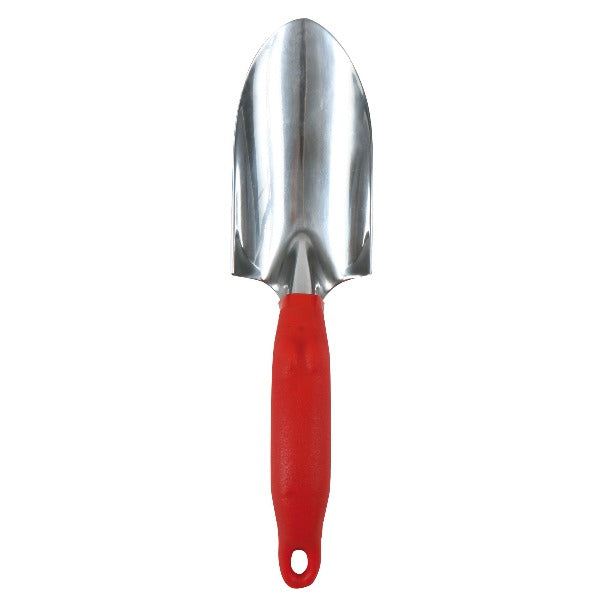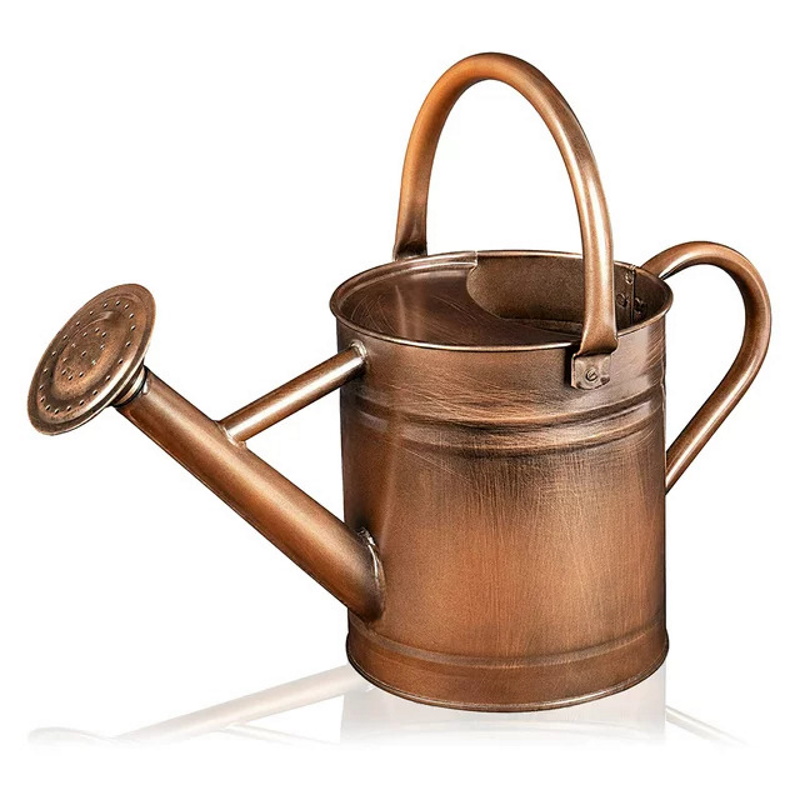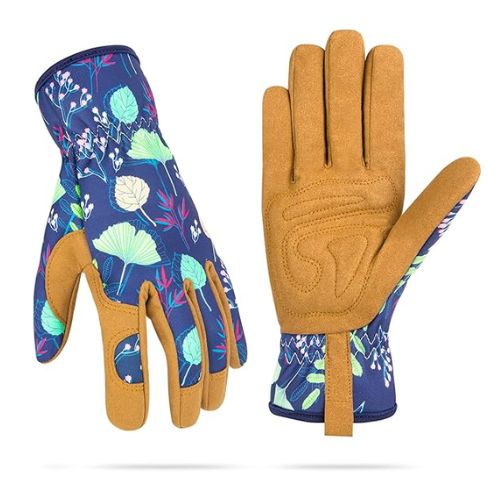How to fill the bottom of a large planter – these materials will save you money and a lot of effort when creating container displays
There are light and heavyweight options, depending on how portable you want your planter to be
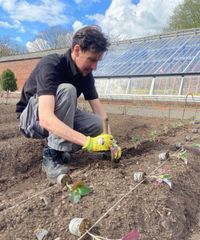
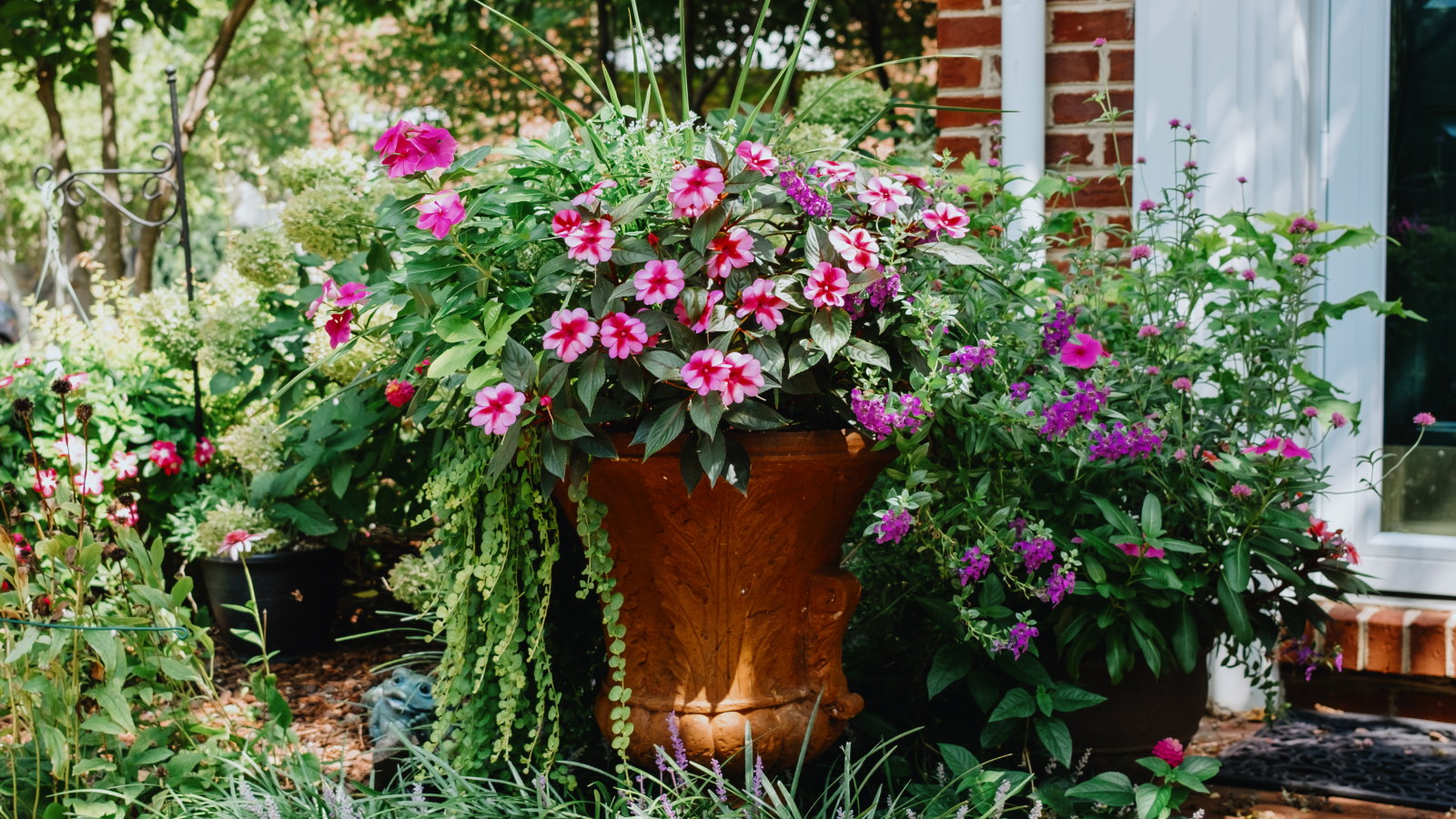
Large planters make dramatic additions to any backyard, whether flanking the entrance to your home or acting as a focal point in your garden’s design. They can certainly give a ‘wow’ factor, but require a large amount of soil and become very heavy; however, it need not always be the case.
To reduce the amount of potting soil required to fill the container, you can fill the bottom of a large planter with different materials to save money and potentially lessen the weight, depending on what you use and your intentions for the planter.
While it is always essential to have holes in a planter for drainage, what the container is filled with doesn’t have to be so arbitrary. With that in mind, this guide looks at the many different materials you can use to fill the bottom of a large planter.
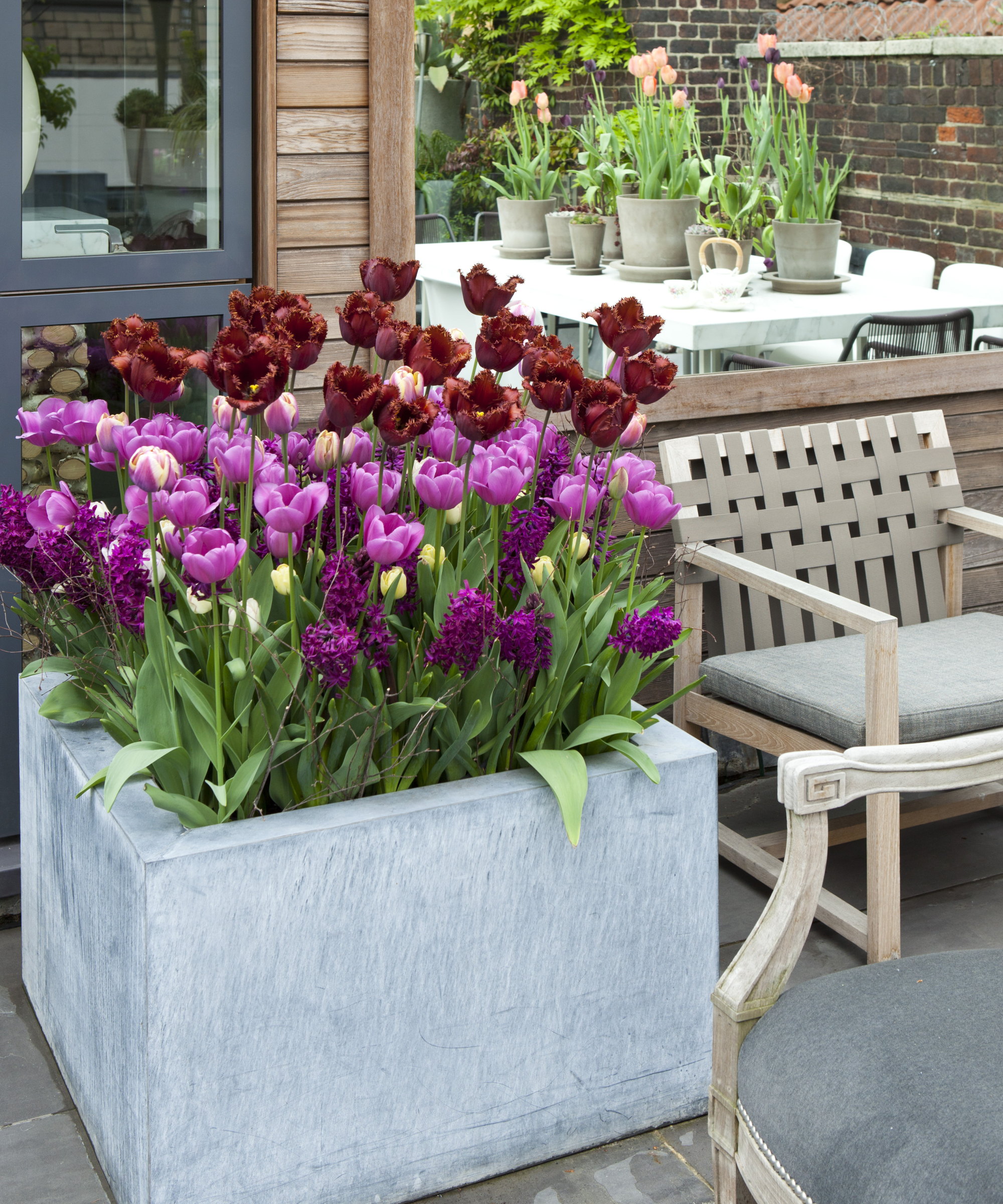
What can you fill the bottom of a large planter with?
Container gardening can require a lot of potting soil, especially if you use large planter boxes. Buying large quantities of soil for container gardening can get expensive. However, you can reduce the level of potting soil you need by filling the bottom of large planters with different packing materials.
Most plants will not actually require the full amount of soil needed to fill a large planter to grow healthily, they can be happy with only two-thirds of the container filled with compost
A large planter full of soil can also get very heavy. If you want a container you can move, you can reduce that weight by using lightweight options to fill the bottom.
Lightweight options to fill the bottom of a large planter
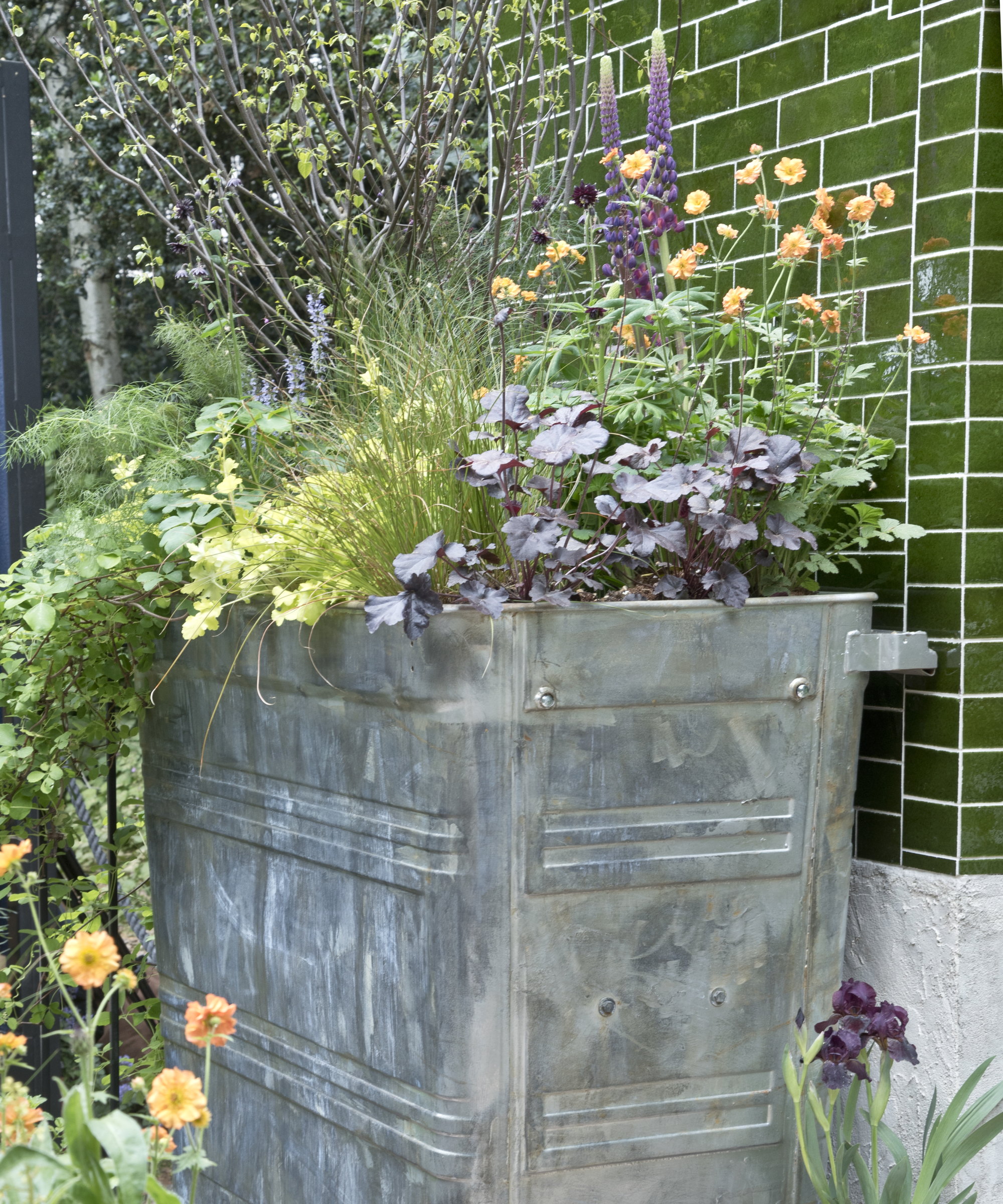
As mentioned before, if you want planters that can be moved, it is beneficial to add lightweight materials. Whether you need to move the planter to overwinter plants indoors or relocate it to the sunniest spot in the yard, reducing the weight makes it easier.
Design expertise in your inbox – from inspiring decorating ideas and beautiful celebrity homes to practical gardening advice and shopping round-ups.
The following materials are great light materials to use to fill the bottom of a large planter:
- Pine cones
- Sticks
- Plastic pots
- Styrofoam/packing peanuts
- Plastic bottles/milk jugs
- Wood chips
- Bubble wrap
- Cardboard
Heavyweight options to fill the bottom of a large planter
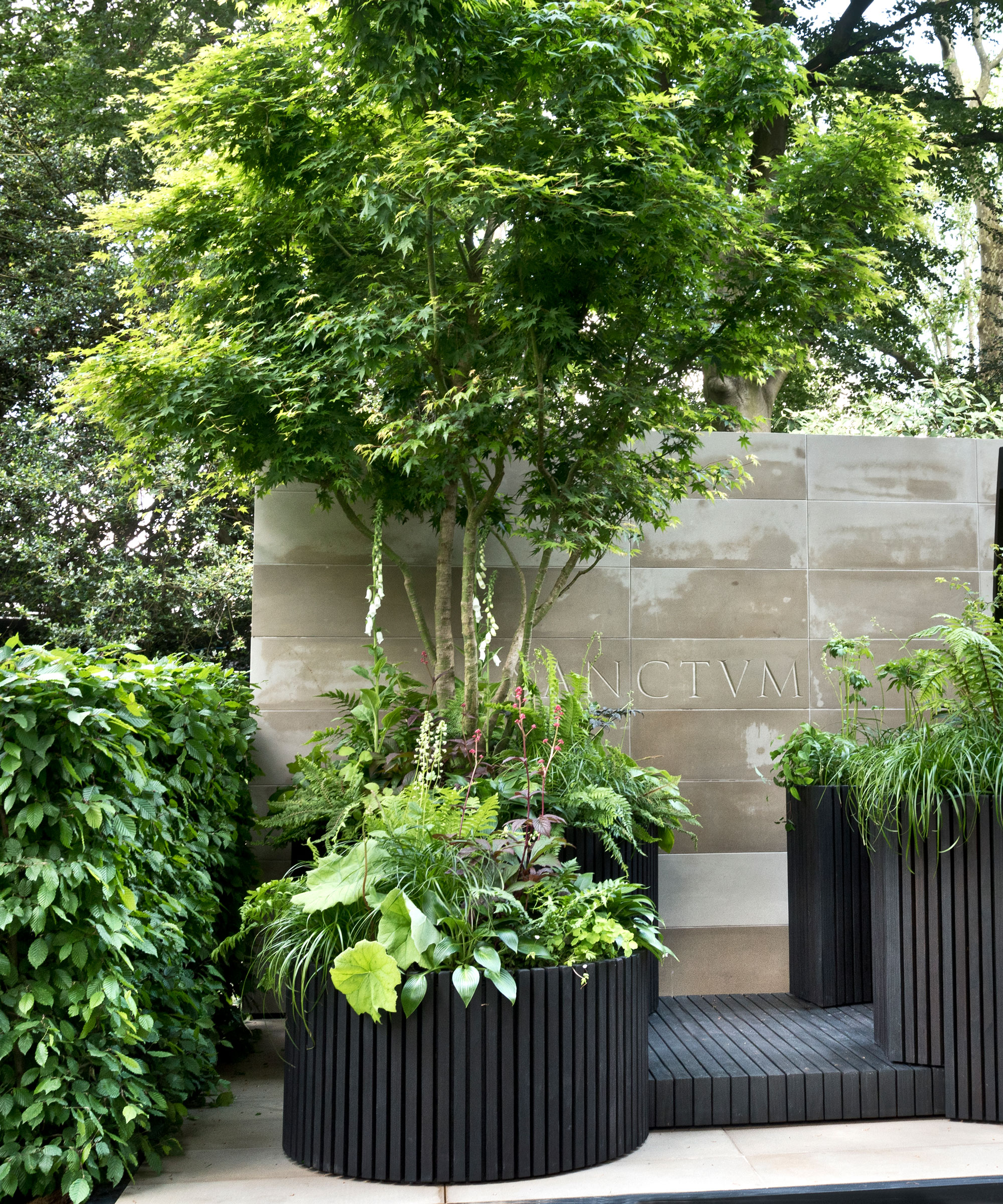
There are reasons why you may want to keep the planter heavy, but not by spending lots of money filling it with potting soil.
Also, filling a large planter with pure soil increases the risk of waterlogging, even when you have drainage holes, due to compaction, and plants can suffer from root rot.
For example, if you have tall trees or plants in large decorative pots, extra weight at the bottom of a large planter can prevent it from tipping over in high winds.
And if your large planters are permanent installations in your backyard, these larger materials can fill the space and ensure that the containers will not go anywhere:
- Logs
- Broken pottery
- Rocks
- Bricks
- Gravel
How to fill the bottom of a planter - useful tips
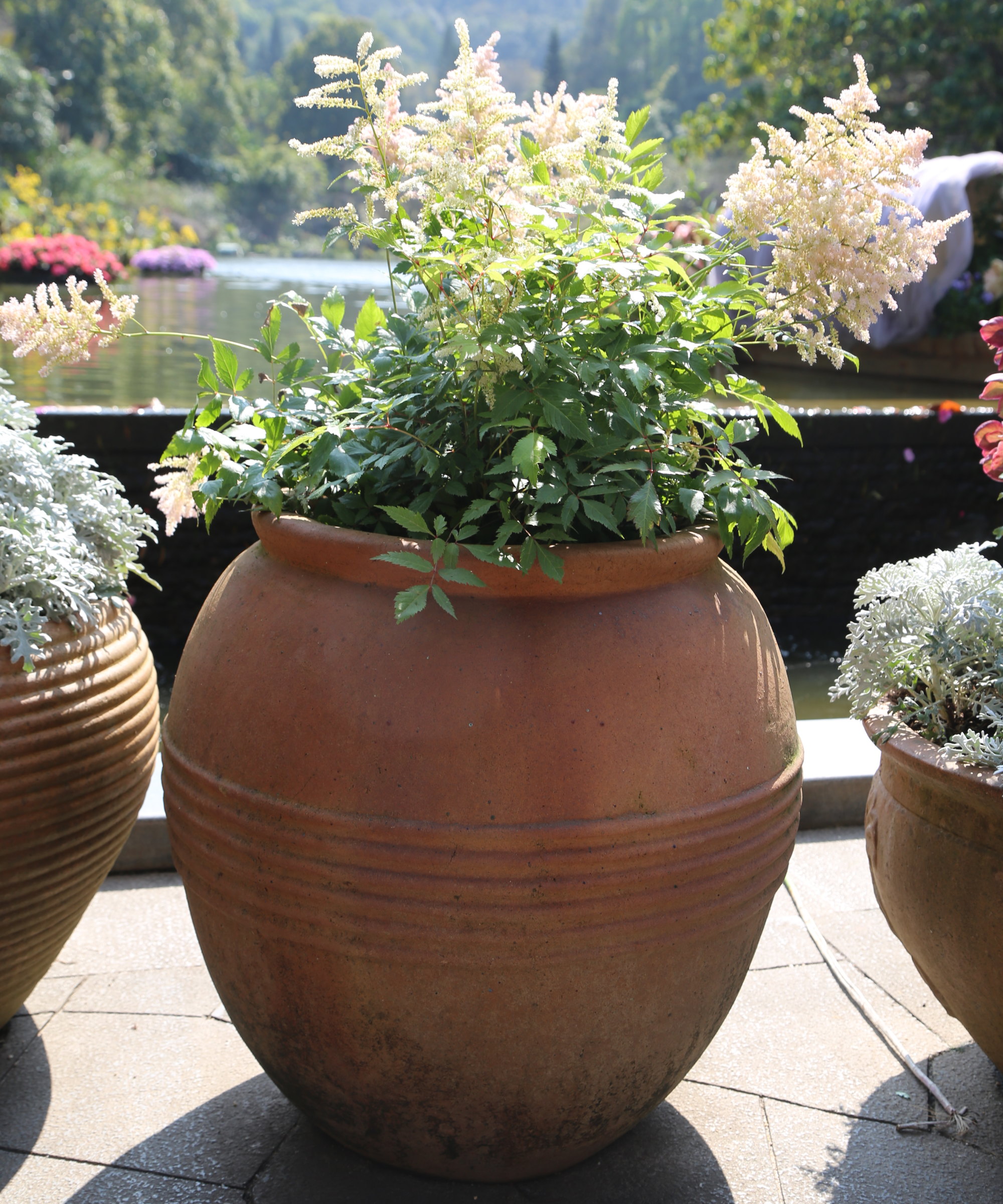
Avoid blocking the drainage holes as you fill the bottom of a planter. Smaller, lightweight options are more permeable, and you can put holes in plastic containers.
However, take extra care not to place heavyweight materials like rocks or bricks over the drainage holes and prevent excess water from escaping from the container. This would be a major container gardening mistake that risks plants getting killed by root rot.
Only fill the bottom third of the planter with materials. Plants may not need all the space in the planter filled with soil, but they still need several inches underneath the root ball for space to grow and somewhere for the water to settle. Raising the soil’s water table too high increases the susceptibility to rot due to a lack of aeration around the roots.
You can put a liner above the materials at the bottom of the planter to contain the soil, such as landscape fabric or old compost bags, however, this is not essential. Ensure any liner is permeable to allow moisture to pass through and escape out the bottom of the planter.
Don't forget to also familiarize yourself with things to never fill the bottom of a large planter with.
A lot of focus often goes on annual flowers in containers to provide those quick hits of summer color. However, there are lots of evergreen plants that can add interest year-round when growing in pots.
Our guide to the best plants for pots all year round includes evergreen shrubs, small trees, and perennials that can be used for dazzling displays in large planters that look good for a full 12 months.
Shop gardening essentials
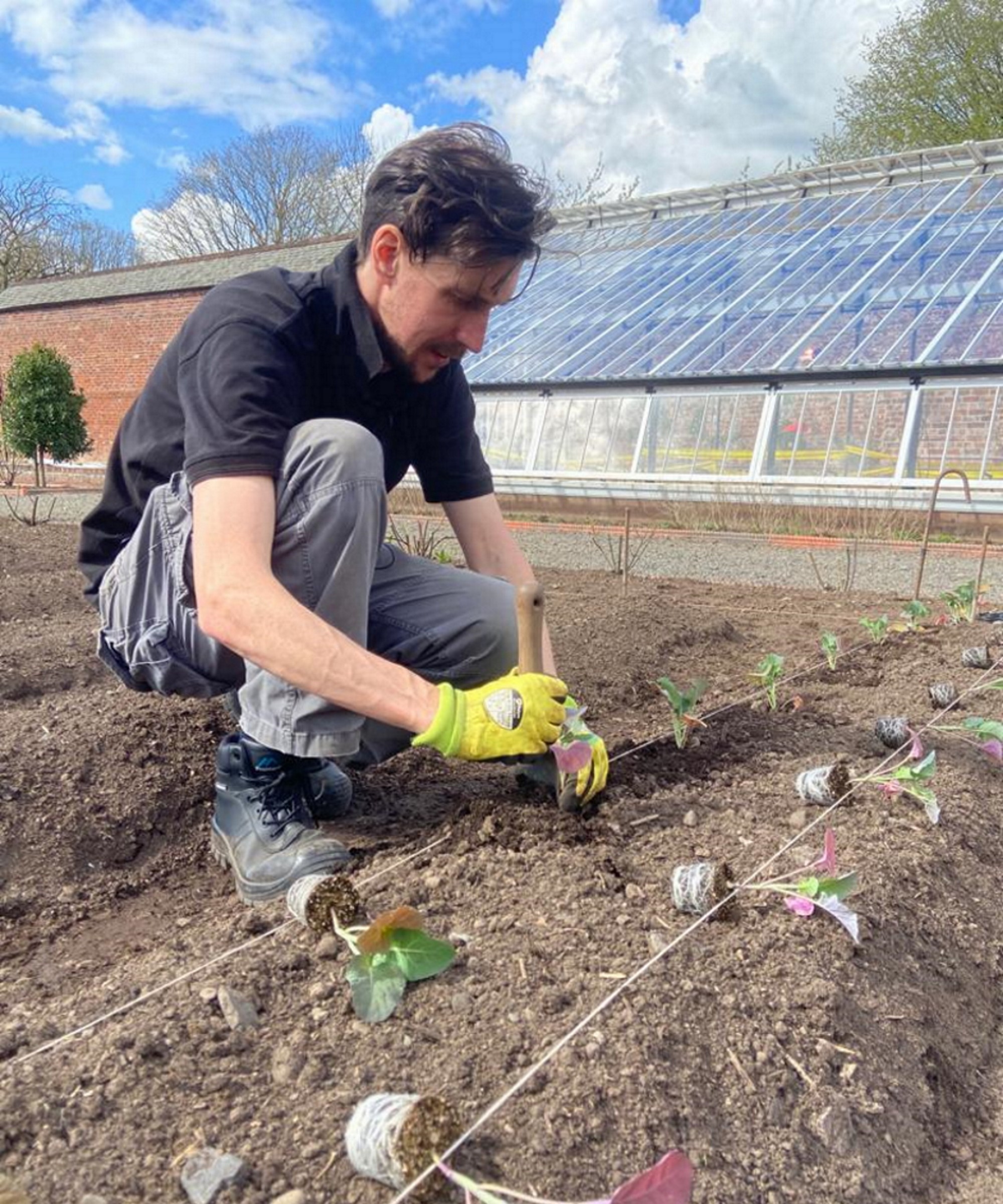
Drew has worked as a writer since 2008 and was also a professional gardener for many years. As a trained horticulturist, he worked in prestigious historic gardens, including Hanbury Hall and the world-famous Hidcote Manor Garden. He also spent time as a specialist kitchen gardener at Soho Farmhouse and Netherby Hall, where he grew vegetables, fruit, herbs, and cut flowers for restaurants. Drew has written for numerous print and online publications and is an allotment holder and garden blogger. He is shortlisted for the Digital Gardening Writer of the Year at the 2025 Garden Media Guild Awards.
